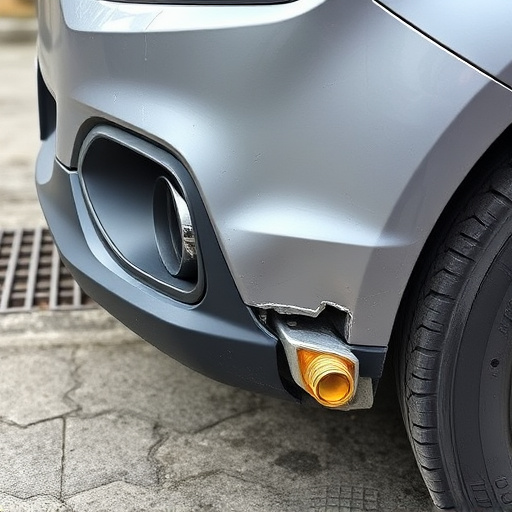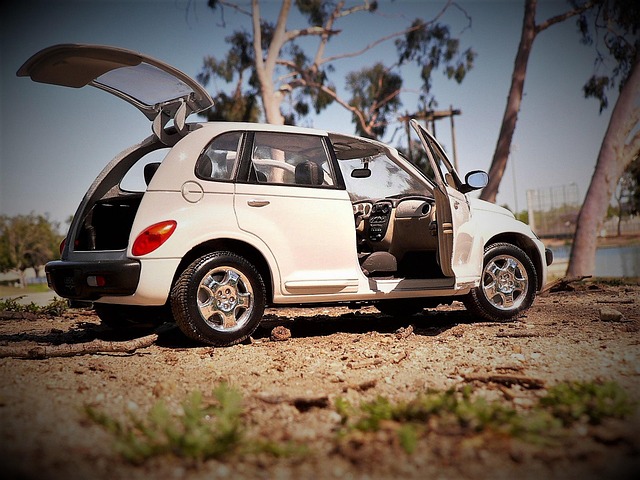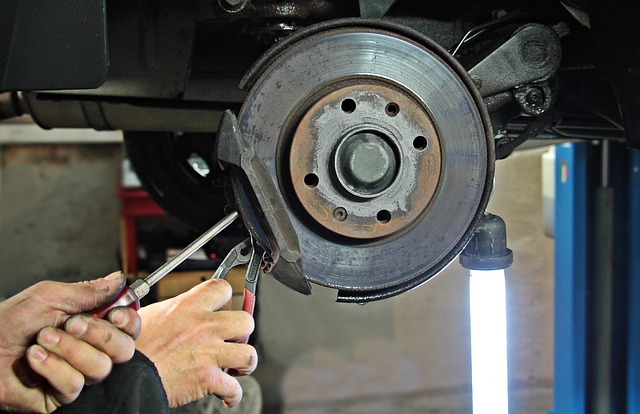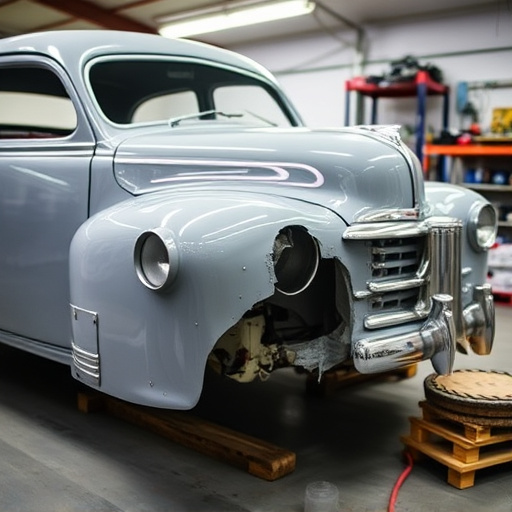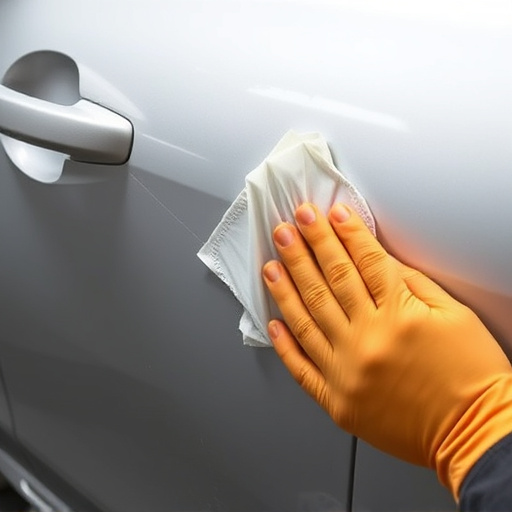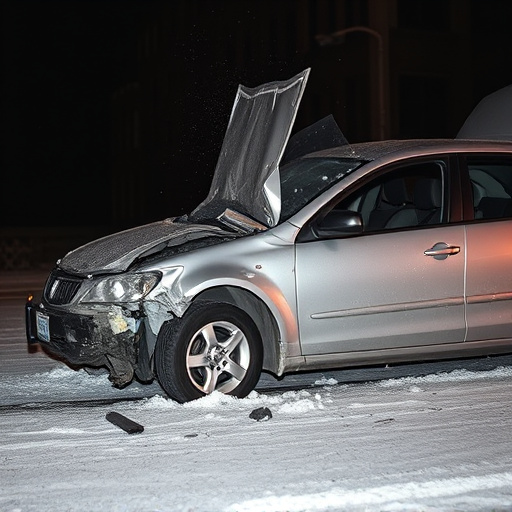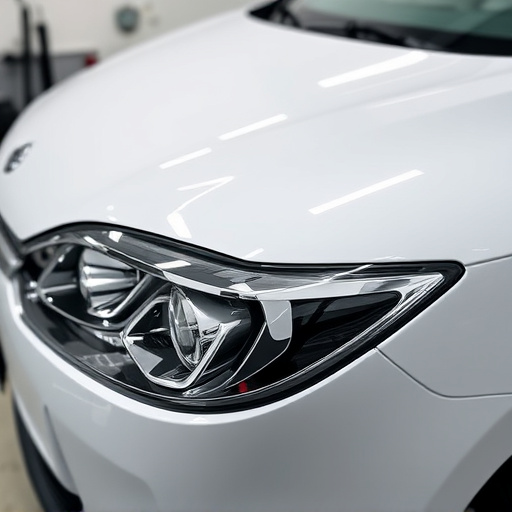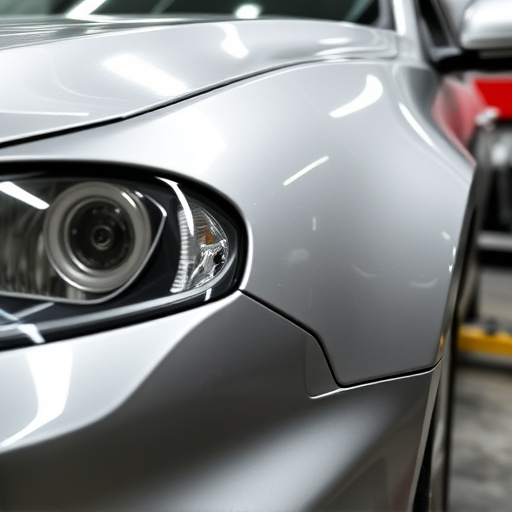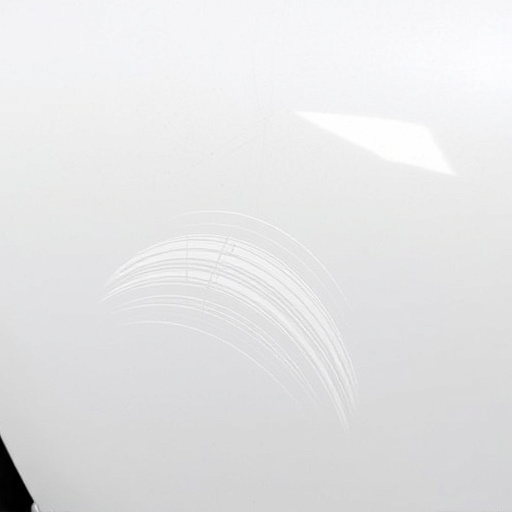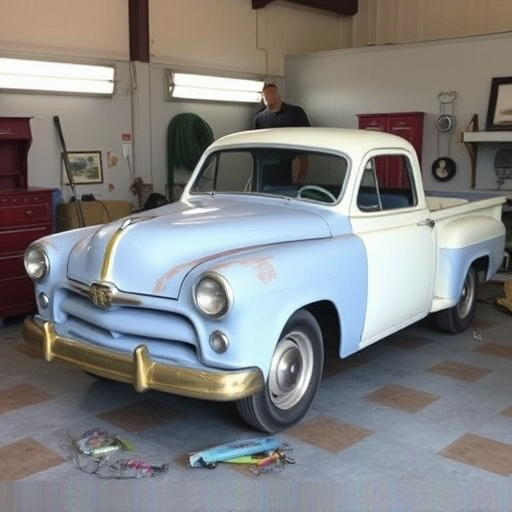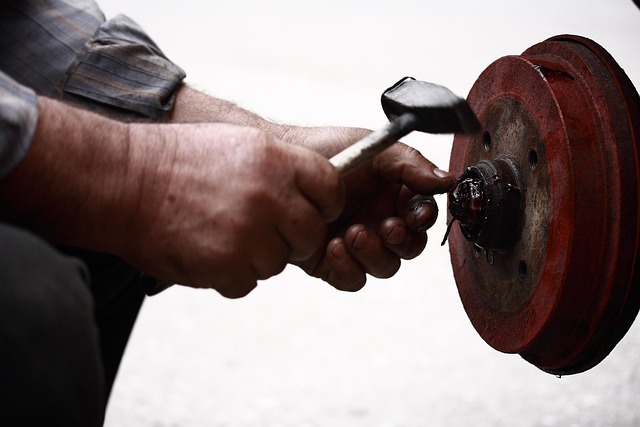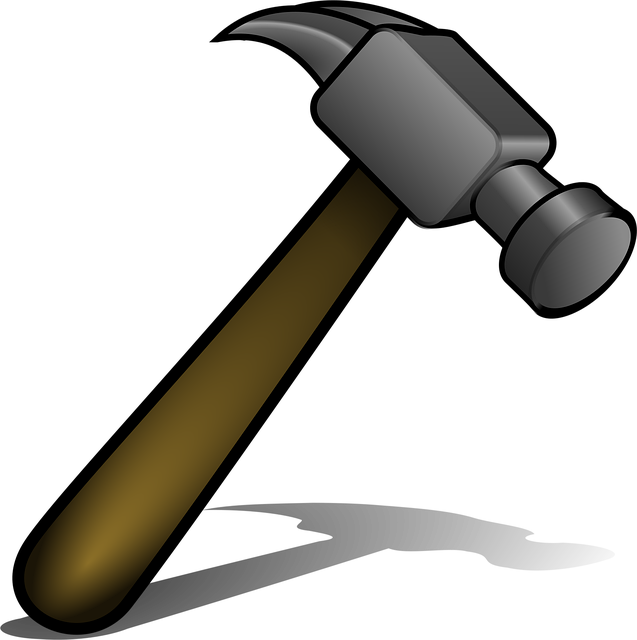Understanding auto body repair consultation costs involves grasping labor and material expenses. Labor charges cover technician time and skills, varying by complexity, while materials include replacement panels, paint, and parts choices (OEM vs aftermarket). Shops provide detailed cost breakdowns, enabling vehicle owners to decide between specialized services or comprehensive collision repair based on budget and preference.
Understanding the cost breakdown of an auto body repair consultation is crucial for informed decision-making. This comprehensive guide dives into the intricate details behind auto body repair costs, focusing on the distinct elements of labor and material expenses. By deciphering these components, you’ll gain valuable insights into what drives bodywork pricing. Whether you’re a vehicle owner or a business owner in the automotive sector, this article equips you with essential knowledge for navigating auto body repair consultations effectively.
- Understanding Auto Body Repair Costs: A Comprehensive Guide
- Decoding Labor vs. Material Costs in Bodywork
- Factors Influencing Repair Pricing: What You Should Know
Understanding Auto Body Repair Costs: A Comprehensive Guide
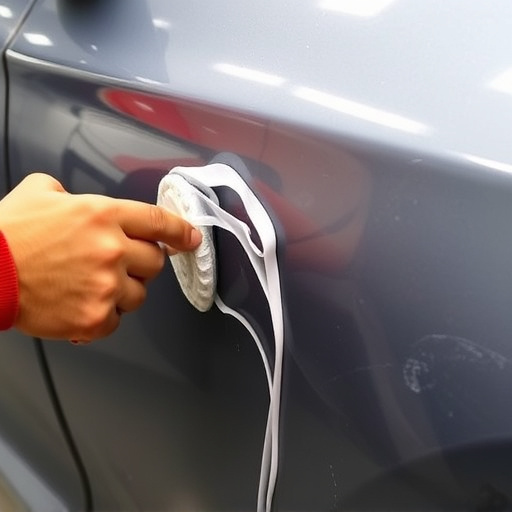
Understanding Auto Body Repair Costs: A Comprehensive Guide
When it comes to auto body repair consultations, knowing what components make up the overall cost is essential for any vehicle owner. An auto body repair consultation typically breaks down charges into several key categories. The first and often most significant factor is labor, which covers the time spent by skilled technicians assessing damage, disassembling affected parts, conducting repairs or replacements, and reassembling the vehicle to factory standards. This requires a high level of expertise and specialized tools, making labor costs a substantial portion of the total expense.
Next, materials or parts needed for the repair constitute another major cost. This includes everything from replacement panels (such as fenders, doors, or hoods) and paint to various mechanical components. The quality and brand of these parts can greatly influence pricing, with original equipment manufacturer (OEM) parts typically costing more than aftermarket alternatives. Many auto collision centers offer a range of options for customers looking to balance cost and performance, ensuring peace of mind during the repair process.
Decoding Labor vs. Material Costs in Bodywork
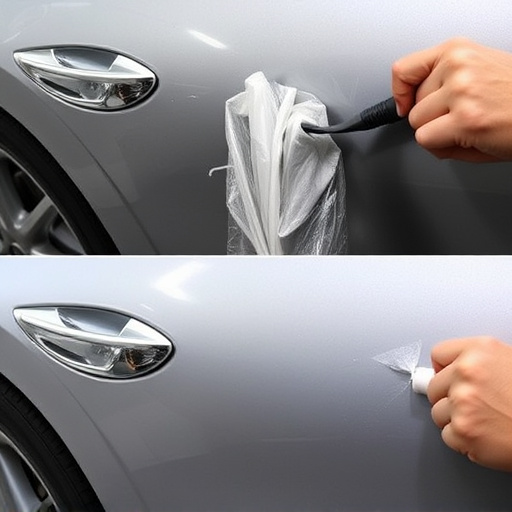
In an auto body repair consultation, understanding the distinction between labor and material costs is pivotal for any vehicle owner facing bodywork repairs. Labor charges encompass the skills and time invested by technicians in fixing your car’s damages, ranging from complex paint jobs to intricate structural repairs. These costs vary based on factors like complexity, technician expertise, and shop rates. On the other hand, material expenses refer to the parts required for the repair, including replacement panels, paint, and bonding agents. Material costs can be influenced by brand preferences, part availability, and whether a customer opts for original equipment manufacturer (OEM) or aftermarket components.
During consultations, auto body shops typically provide detailed breakdowns of these costs. For instance, in the case of vehicle collision repair, labor might include disassembling damaged parts, welding new panels, and meticulous painting to match the car’s original finish. Material costs would encompass the actual replacement parts, which could differ significantly for paintless dent repair techniques compared to traditional panel replacements, especially in the realm of high-end cars. By understanding these distinctions, vehicle owners can make informed decisions during auto body repair consultations, aligning with their budgets and preferences for either specialized services like paintless dent repair or comprehensive vehicle collision repair.
Factors Influencing Repair Pricing: What You Should Know
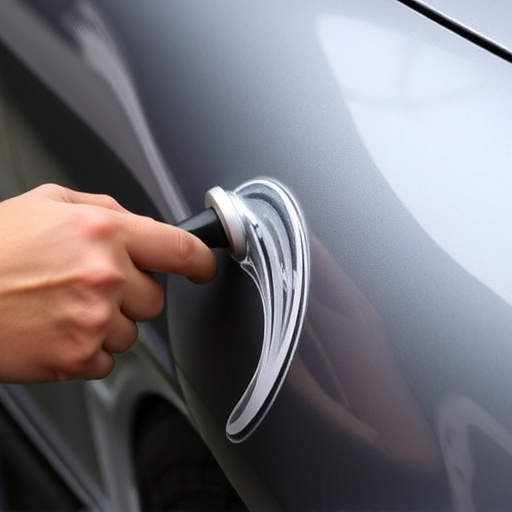
When you bring your vehicle to an auto body repair shop for a consultation, understanding the factors that influence the pricing is crucial. Several elements contribute to the final cost of car damage repair, and being aware of them can help you make informed decisions. The complexity of the repair process plays a significant role; minor dents or scratches will have different price tags than extensive collision damage. The amount of time required for parts replacement and labor varies across repairs, impacting the overall cost.
Additionally, the type of materials used in auto maintenance is another key consideration. Original Equipment Manufacturer (OEM) parts are typically more expensive but ensure superior quality and fit. Aftermarket or generic parts, while often more affordable, might require additional adjustments and could compromise the vehicle’s structural integrity. Auto body repair consultations should also factor in labor rates, which can vary based on the shop’s location, expertise level of technicians, and current market trends in car repair services.
When it comes to understanding auto body repair costs, an informed consultation is key. By deciphering labor versus material expenses and being aware of influencing factors, vehicle owners can make confident decisions during their auto body repair consultation. This ensures a transparent process, allowing for the best outcomes while managing budget expectations effectively.

